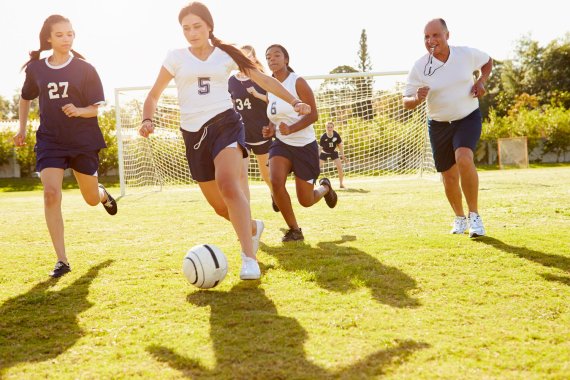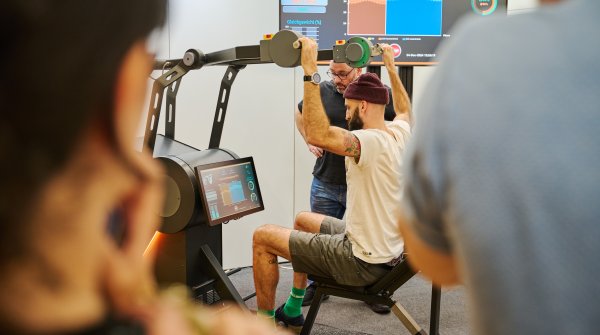
News from the sports business, edited free of charge. Subscribe now >>>
The analysis of the 2015 Pisa study, which was carried out by the OECD and published in April 2017, concentrates on the well-being of the 15-year-old students who were surveyed. Answers from around 54,000 student from 72 countries across the world are the basis of the analysis.
The study, “Students’ Well-Being” determines that sporty students are not only less frequently the victims of bullying, they also indicate a higher level of life satisfaction than those students who are less or not active at all.
Further results of the Pisa study:
- Just 3 percent of 15-year-old students in Germany do not participate in sport outside of school; the OECD average is 7 percent.
- 73 percent of German students are satisfied with their lives (OECD: 71 percent).
- 75 percent of German students feel like they belong to their school (OECD: 73 percent).
- Teenagers who have sports classes three times per week are more satisfied.
When it comes to ambition though, German students are clearly lagging behind. While the OECD average for agreement with the sentence “I want to be the best, whatever I do” is 65 percent, in Germany only 42 percent agree. However, they also feel much less stressed.
Recommendation to politicians: Promote sport
The people responsible at OECD have derived recommendations for politicians from the analysis of the Pisa study. Among other things, they write:
“To improve students’ well-being, schools should also teach students the benefits of an active and healthy lifestyle through physical and health education. Engaging physical education at school can reduce the number of students who are physically inactive out of school.”
- Awards
- Mountain sports
- Bike
- Fitness
- Health
- ISPO Munich
- Running
- Brands
- Sustainability
- Olympia
- OutDoor
- Promotion
- Sports Business
- Textrends
- Triathlon
- Water sports
- Winter sports
- eSports
- SportsTech
- OutDoor by ISPO
- Heroes
- Transformation
- Sport Fashion
- Urban Culture
- Challenges of a CEO
- Trade fairs
- Sports
- Find the Balance
- Product reviews
- Newsletter Exclusive Area
- Magazine






